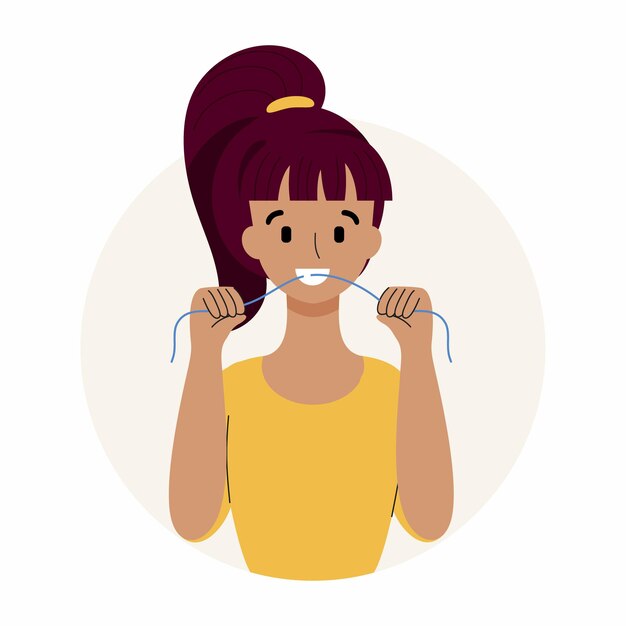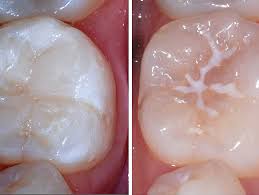Dental Flossing for Healthy Teeth and Gums
Dental Flossing is an essential aspect of oral hygiene that helps in maintaining healthy teeth and gums. Brushing removes plaque and food particles from the surfaces of teeth but flossing addresses the hard-to-reach areas between teeth and along the gumline. Moreover, when done correctly and regularly, flossing provides several benefits that contribute to oral health. Regular removal of plaque prevents its hardening into calculus or tartar, which subsequently requires dentist’s services to remove.
Benefits
Poor oral hygiene is linked to systemic diseases such as heart disease, joint pains and diabetes. Maintaining oral health through dental flossing, subsequently reduces inflammation and harmful bacteria, contributing to general well-being.
By removing plaque and debris, flossing significantly reduces the risk of gum disease and tooth decay. Decaying food particles and plaque trapped between teeth can eventually cause bad breath. Flossing keeps your mouth fresh by removing these odor-causing particles.
Types
Waxed floss: Easier to glide between tight teeth.
Unwaxed floss: Thinner and suitable for less crowded teeth.
Dental tape: Wider and ideal for those with larger gaps between teeth.
How to use
Select a floss type that suits your needs
Cut a piece of floss about 18 inches long. Wind most of it around the middle fingers of both hands, leaving 1-2 inches for working.
Hold the floss tightly between your thumbs and index fingers.
Gently insert the floss between two teeth, using a back-and-forth motion. Avoid snapping it into place, as this can damage the gum tissue.
Curve the floss into a “C” shape against the side of one tooth. Slide it up and down to clean the tooth surface and just below the gumline.
Flossing can be difficult for some people, especially those with arthritis or other conditions that make it difficult to manipulate their hands. Floss picks are available for suh individuals with limited dexterity.
Common Mistakes to Avoid
- Rushing
Flossing should be done carefully and not rushed. Spending a few minutes ensures thorough cleaning. Moreover, it saves your gums from injury. - Using the Same Section of Floss
Reusing the same section adversely spreads bacteria to other areas. Always, therefore, use a clean segment of 18 inch long floss for each tooth. - Neglecting the Gumline
Focusing only on the spaces between teeth and neglecting the gumline, consequently reduces the effectiveness of flossing. - Flossing Too Aggressively
Applying too much pressure or snapping the floss can harm the gums, causing bleeding, irritation besides discomfort.
Maximizing Flossing Benefits
- Frequency
Floss at least once a day, preferably before bedtime. This ensures that food particles and plaque do not remain between your teeth overnight. - Floss Before Brushing
Flossing first removes debris, allowing the fluoride in toothpaste to reach between the teeth more effectively. - Combine with Other Tools
For individuals with braces, bridges, or tight gaps, interdental brushes, water flossers, or floss threaders can be used besides traditional floss. - Be Consistent
Flossing occasionally will not provide the same benefits as a consistent daily routine. Incorporate it into your schedule as a non-negotiable habit.






